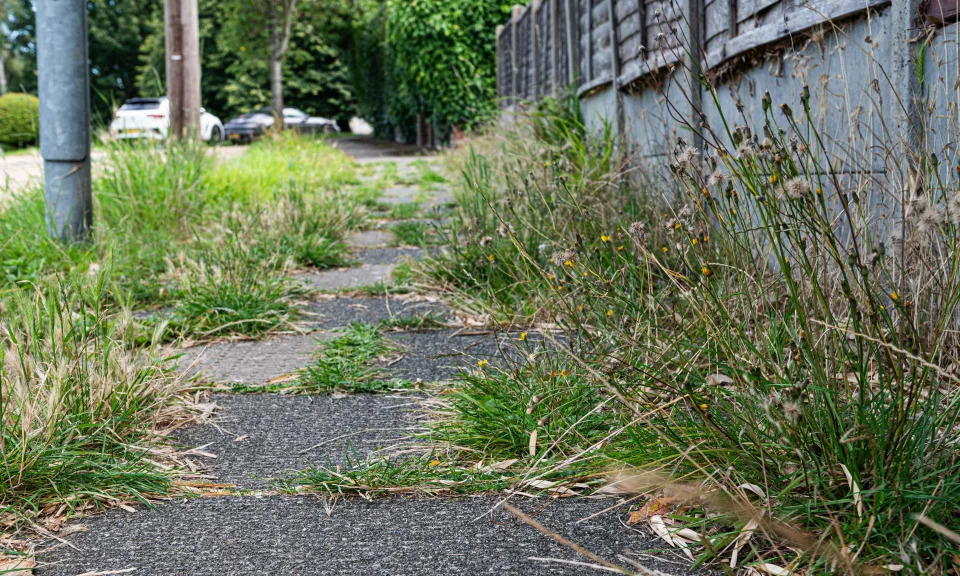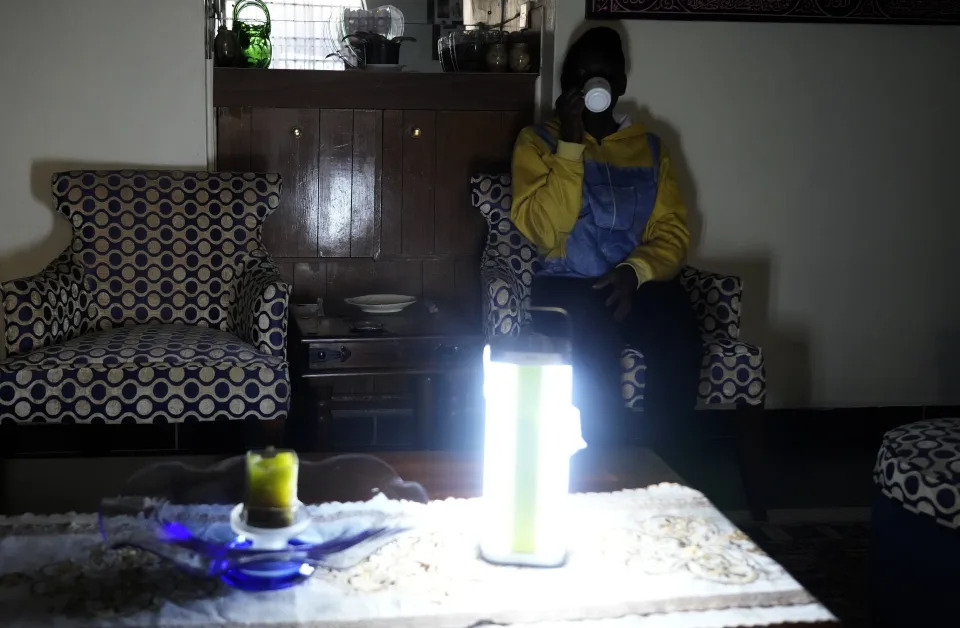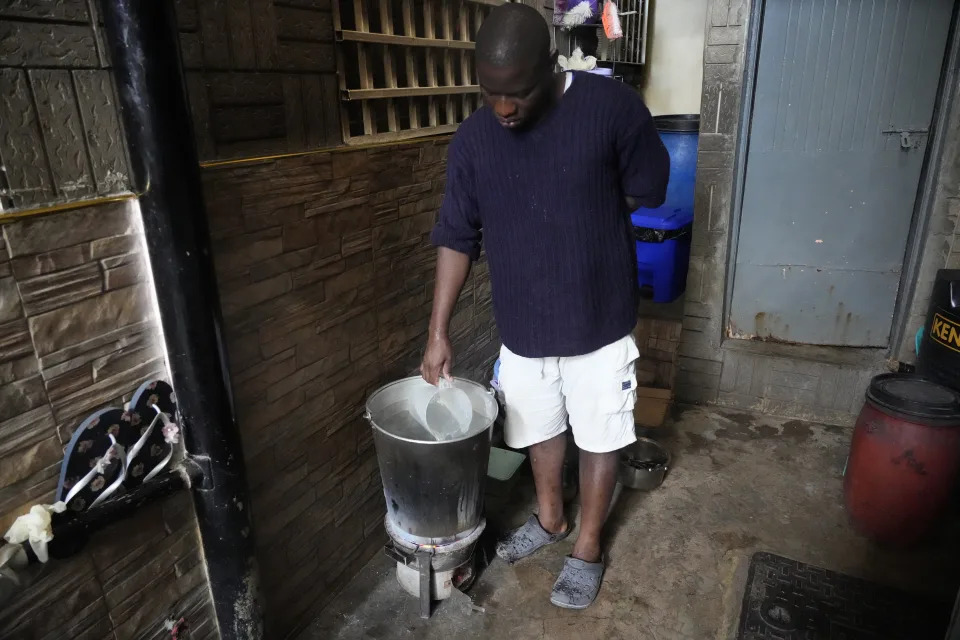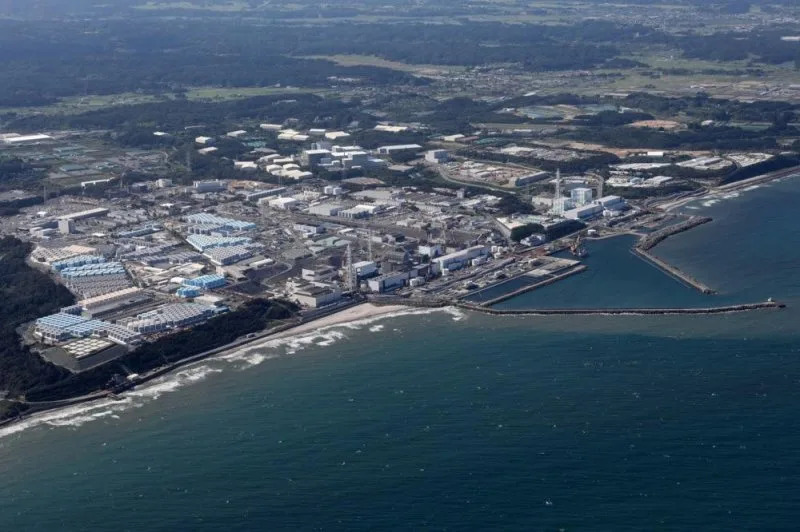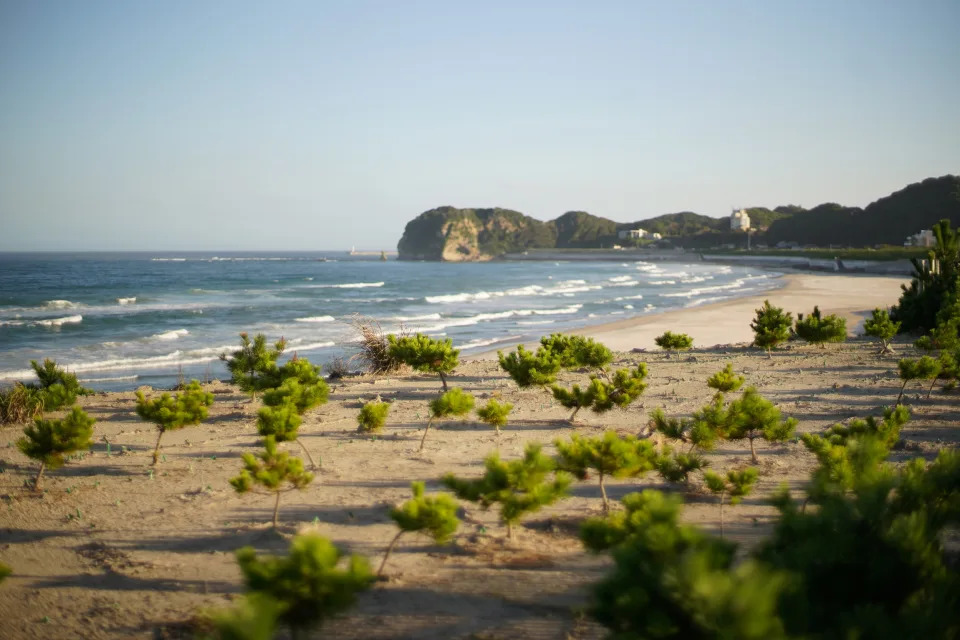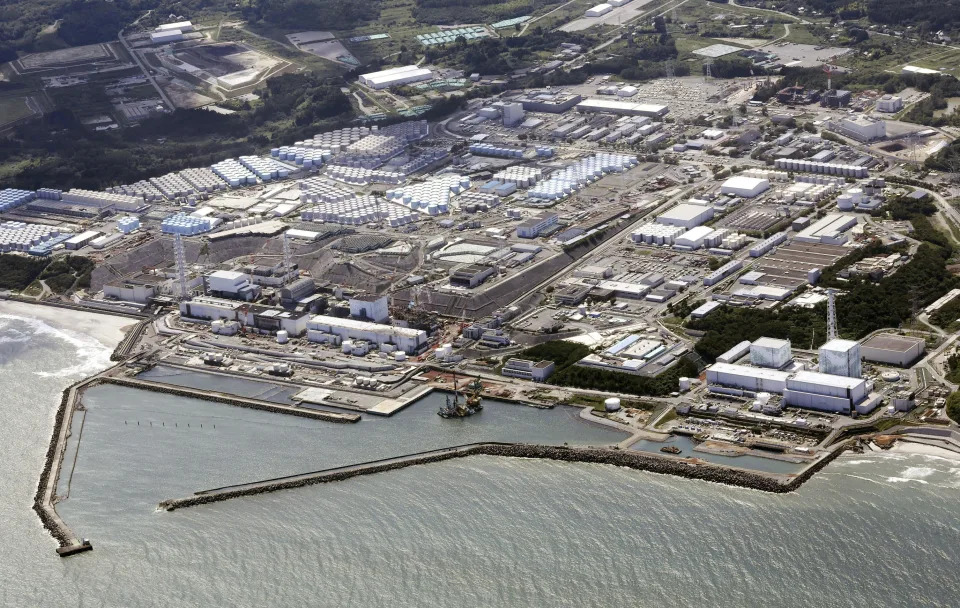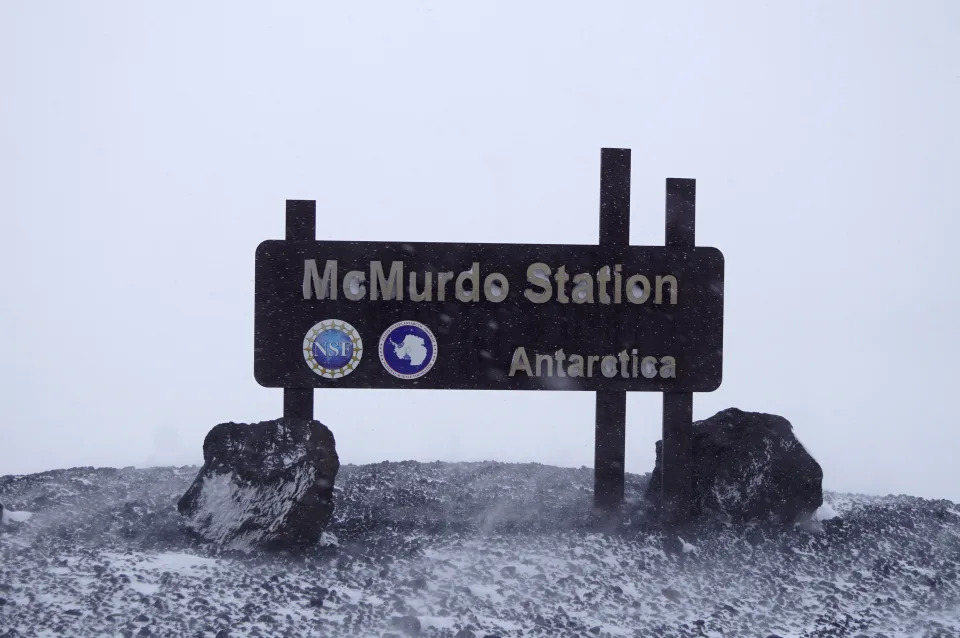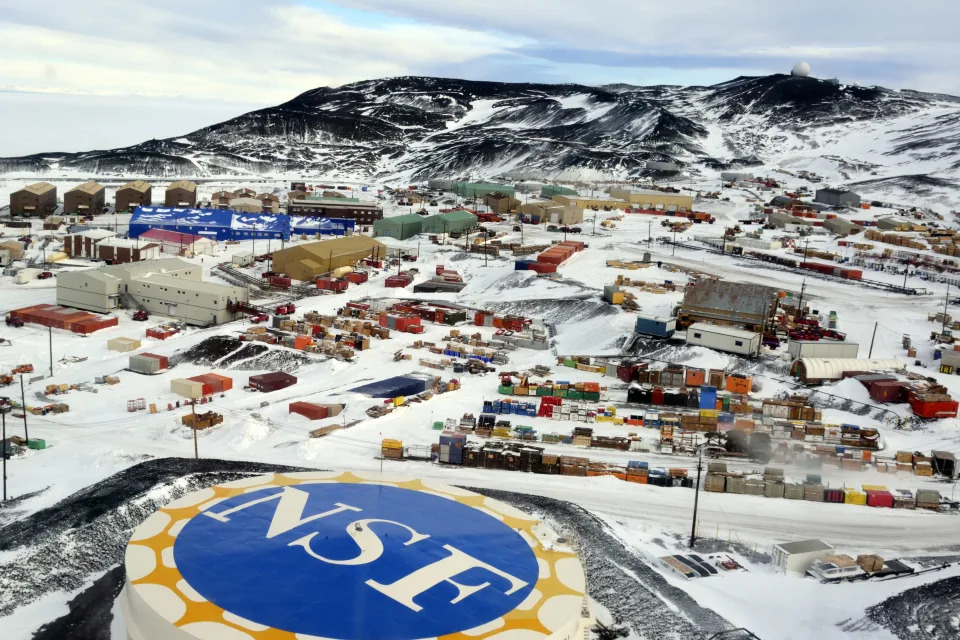China wants to erase Tibet. Will Britain stay quiet about this crime?
Simon Tisdall
Sun, 27 August 2023
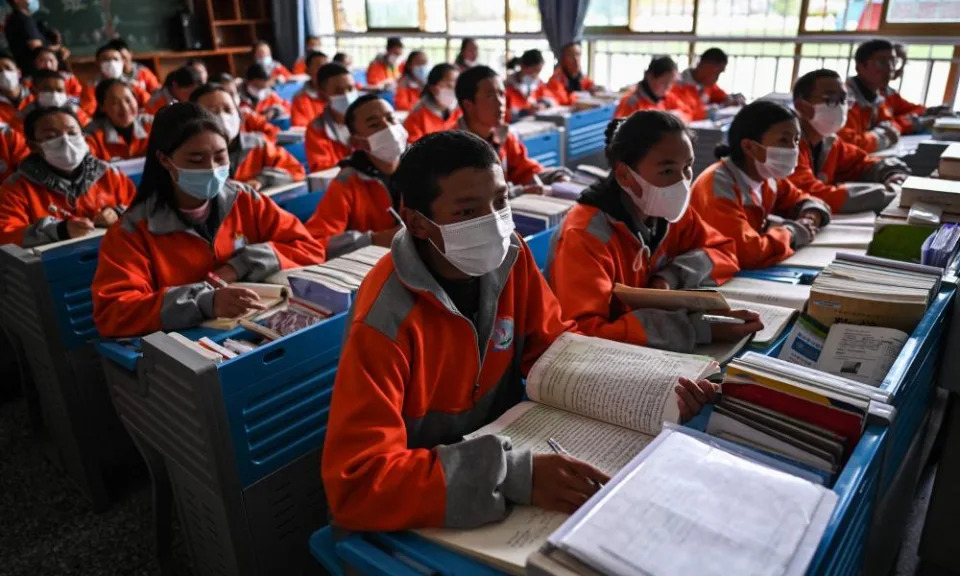
Photograph: Héctor Retamal/AFP/Getty Images
Last week’s US sanctioning of Chinese officials involved in Beijing’s ongoing criminal efforts to erase Tibet as a separate political, ethnic, cultural, linguistic and religious entity showed America at its best.
Few other governments give a hoot. Most cravenly look the other way.
Citing a recent UN report on the “forced assimilation” of one million Tibetan children ordered into Mandarin-language state boarding schools far from their homes and families, Antony Blinken, the US secretary of state, demanded China stop trying to eradicate Tibet’s distinct identity.
“We urge PRC [People’s Republic of China] authorities to end the coercion of Tibetan children into government-run boarding schools and to cease repressive assimilation policies in Tibet and other parts of the PRC,” Blinken said – apparently referring to Xinjiang, Inner Mongolia and Hong Kong, where the right to self-determination is also denied.
The fact America’s senior diplomat was ready to take a public, principled stand will infuriate and puzzle Beijing, which has occupied Tibet since 1950. President Xi Jinping and his callous Communist cadres don’t do principles. For them, altruism in foreign policy is an alien concept.
The Biden administration is trying to patch up rocky relations with China. So it’s all the more impressive that it feels strongly enough about Beijing’s systemic abuses of democratic and human rights to speak out, regardless of possible negative repercussions.
It’s doubly refreshing after a week when a herd of middle-ranking, ethically challenged, mostly undemocratic governments kowtowed to Xi at the Brics summit in South Africa. They seem to think China will build a fairer, juster world. Are these leaders naive, corrupt, or merely stupid?
James Cleverly, foreign minister of another middling power, says he, too, will raise human rights concerns when he visits Beijing this week. British ministers always say that. Then nothing changes. Why is he going to China at all? Apparently it’s to maintain dialogue (as if one genuinely existed). He claims the UK has “agency”, can exert influence.
This is delusional. The Chinese party behemoth, spying, bullying and hacking, beating up protesters in Manchester, torching the Hong Kong joint declaration, backing neofascist Vladimir Putin, besieging democratic Taiwan and plotting an authoritarian “new world order” is simply not listening, especially now Europe and Britain no longer speak as one.
Xi gives not a fig for the UK’s China policy – not least because the Conservatives cannot agree one. But the US is a different matter. Perhaps Blinken’s demarche will give him pause. Tibet is another dangerous flashpoint among too many. And what’s happening there is one huge crime against humanity.
The mass abuses of Tibetan children – it’s hard to imagine the trauma they must suffer – is part of a deliberate scheme to alter Tibet’s demographics, entrench the dominance of majority Han Chinese people and culture, and suppress Tibetan Buddhist religious practice, language and media.
Gyal Lo, a Tibetan educational sociologist, told the Free Tibet pressure group: “The Chinese government is tearing families apart and forcing these vulnerable children to become strangers to their own Tibetan culture.”
A second UN inquiry this year reported that hundreds of thousands of Tibetans have been removed from their homes and workplaces in rural areas and assigned to low-skill “vocational training” and low-paid employment, thereby undermining identity and traditional communities.
Campaigners provide evidence of numerous excesses, including arbitrary detention, torture, sexual crimes, disappearances and severe punishment of dissent. In a sense, Tibet is in permanent lockdown. Passports to leave are virtually unobtainable. Foreign media are denied entry. China wants it forgotten.
Vigils, marches and sit-ins still take place, despite heavy-handed paramilitary policing and ubiquitous surveillance, and are usually peaceful, Free Tibet says. “However, the Chinese authorities are growing increasingly intolerant … Many [protests] are met with a violent response”. In 2022, at least three Tibetans self-immolated.
The US Commission on International Religious Freedom also warns that “the Chinese government’s control and suppression of Tibetan Buddhism has intensified, with authorities restricting Tibetans’ access to religious sites, banning religious gatherings, and destroying sites and symbols.
“Monks and nuns have been subjected to torture in prison, and Tibetans have been detained for religious activities honouring the Dalai Lama [Tibet’s exiled spiritual leader] or possessing his portraits,” the commission said. Human Rights Watch says the government is also conducting mass DNA collections, to better surveil people.
This calamity could soon take an even darker turn – over the disputed succession to the 88-year-old Dalai Lama, free Tibet’s Nobel peace prize-winning face to the world. An unnamed male child, the third most senior lama and head of the faith in Mongolia, is reportedly in the frame. But Beijing is vowing to impose its own candidate.
That China is attempting to wipe collective memories and consign the old Tibet to oblivion is not seriously disputed (except by Beijing’s lie machines). China argues its actions are benign, that it has invested heavily there. But that’s driven by its hunger for natural resources. As elsewhere, Xi’s obsession with control, uniformity and conformity trumps all.
By ignoring China’s daily flouting of basic human decency and international law, governments around the world are complicit in Tibet’s silent erasure. None recognises the Tibetan people’s sovereign rights or the Tibetan government-in-exile.
So here’s a challenge for Cleverly in Beijing. The Chinese, as usual, will take little or no notice of Britain’s views about Russia, fair trade, security and the rest. So why not use your otherwise meaningless visit to publicly condemn China’s crimes against humanity in Tibet?
Your hosts would be angry. They would certainly be embarrassed. But who knows? They might start treating Tibet, and Britain, with a little more respect.


